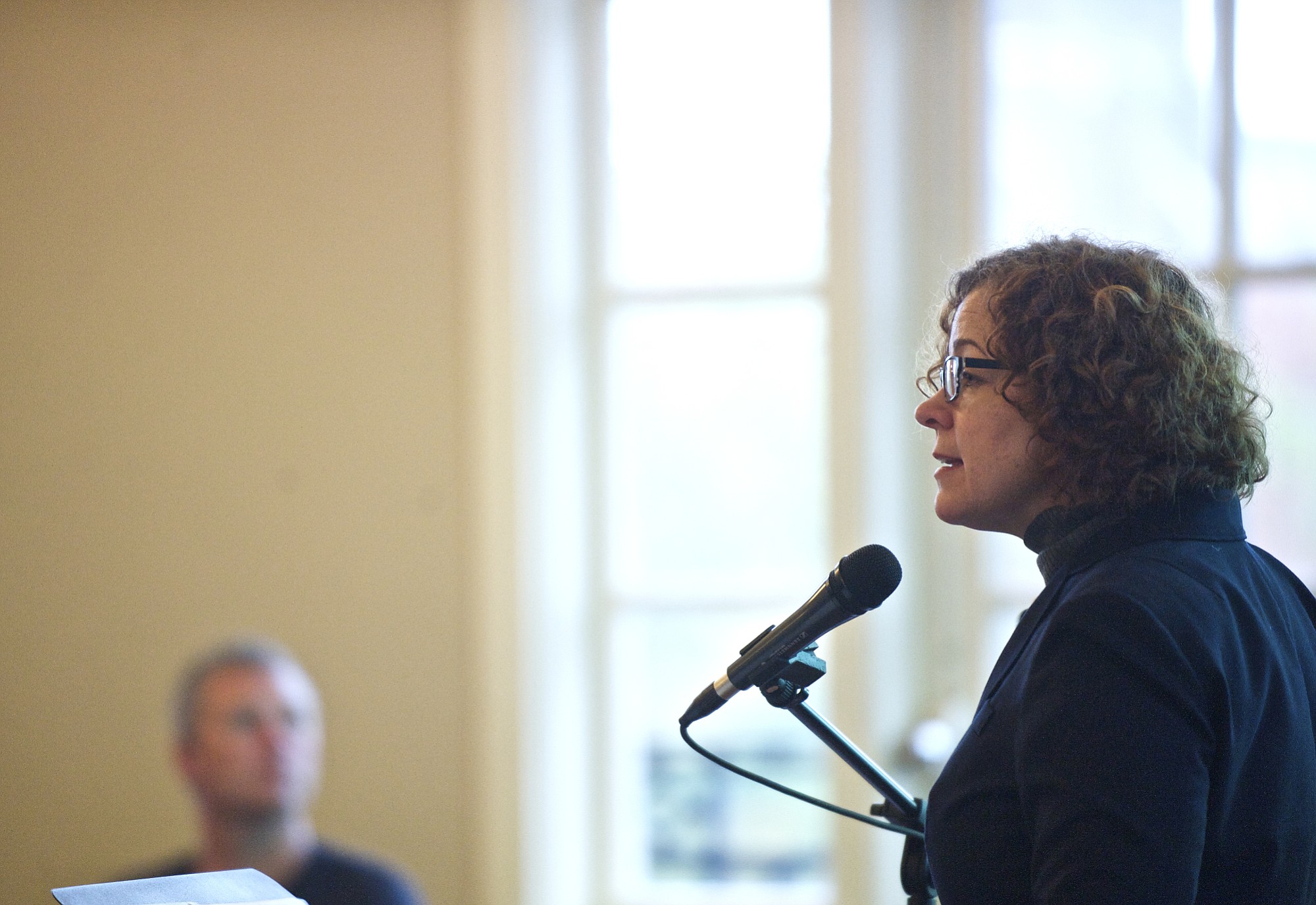By taking a savvy approach to signing up new tenants and focusing on sprucing up buildings and streetscapes, Vancouver’s downtown property owners will make further progress in developing a lively mix of businesses and pedestrians in the city’s core, a Portland consultant said Thursday.
“Your sidewalks are a stage, a place to tell the story of your community,” Michele Reeves, of Civilis Consultants, told more than 60 attendees of a three-hour downtown summit held by Vancouver’s Downtown Association. And a key path toward telling a story of city center vibrancy, Reeves said, is for property owners to find tenants of long-term investment value, including restaurants, brewpubs and specialty stores, “that activate the sidewalk.”
Reeves’ remarks, bracketed by PowerPoint slides and case studies, were part of a larger discussion aimed at highlighting the downtown area’s progress, underscoring next steps and gathering feedback from the audience. An energetic Reeves peppered her talk with humor (pawn shops “don’t have to look like jail”), moderated a panel discussion and conducted sessions in which attendees jotted down what they like about downtown and rated their top hopes and dreams for it.
Reeves said she plans to distill the written comments into an analysis she’ll share with participants as part of an ongoing effort to advance downtown’s revitalization. Attendees of Thursday’s summit, held inside the Brickstone Ballroom of the Biggs Insurance Services building at Evergreen Boulevard and Main Street, included downtown property owners, real estate brokers, design professionals and Vancouver city officials. Coffee and pastries beckoned the early-morning participants. During breakout sessions to assess downtown’s present state and possible future, an agreeable cacophony of conversations filled the third-floor ballroom.




